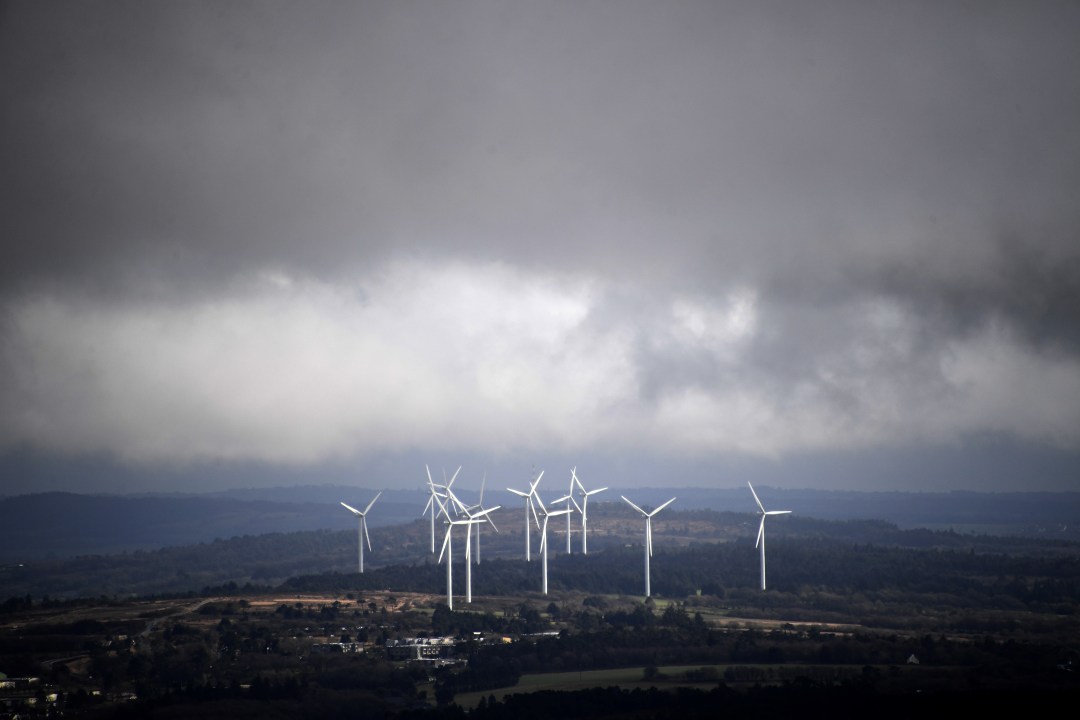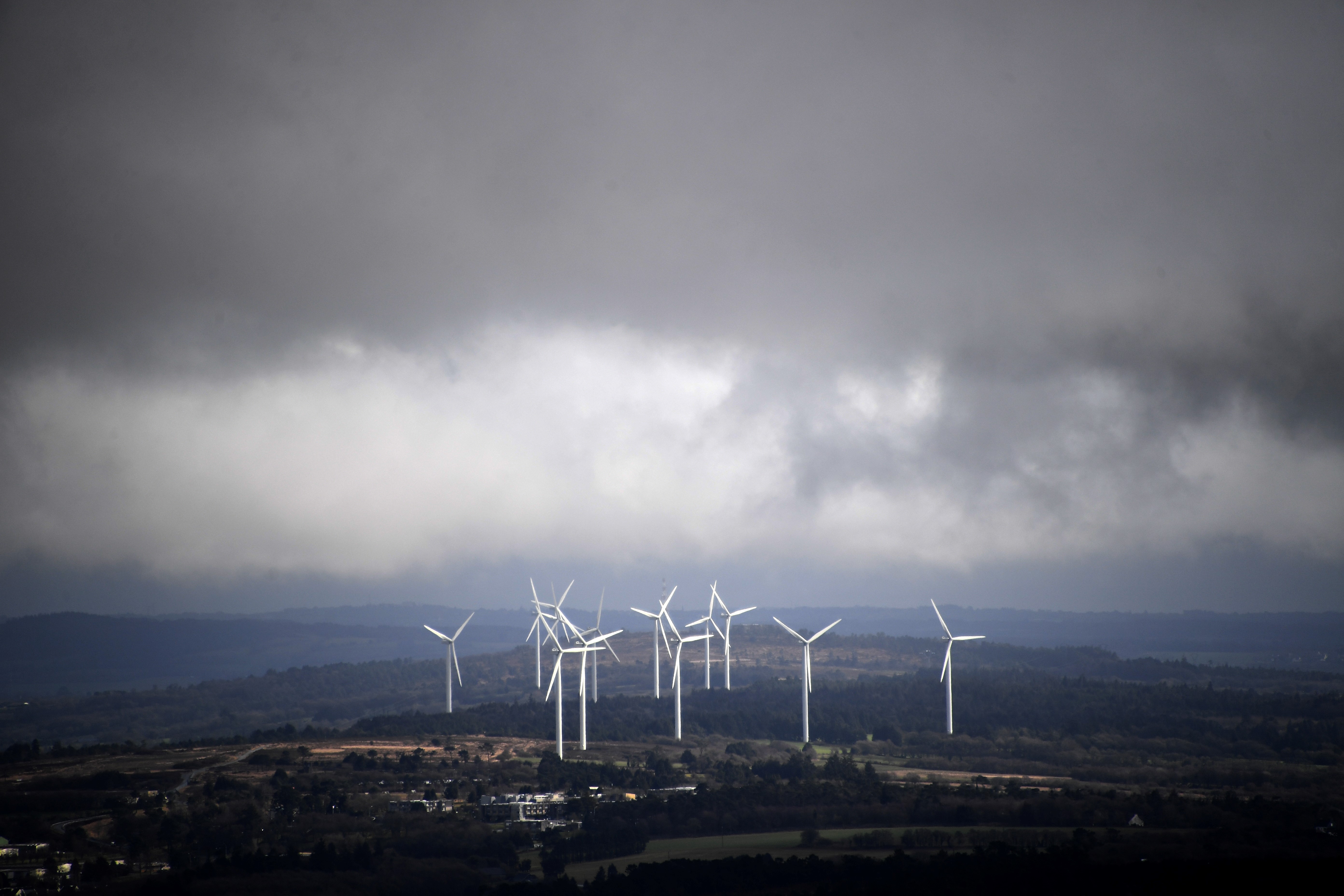At 16 minutes past four on Friday a press officer at National Grid put out a tweet which seemed to signal Britain’s progress towards its much-vaunted zero-carbon economy. The proportion of UK electricity generated by wind power, it boasted, had just reached a record high of 47.6 per cent. What, with the weather sunny as well as windy, the total coming from renewable energy was nearly two-thirds.
They were not to know that around half-an-hour later the lights would go out over a large swathe of Britain. There would be power cuts from London to Lincolnshire to the West Country. Trains would stop running, traffic lights would stop working. Ipswich hospital would not only lose its main electricity supply but backup generators, too, would fail, leaving emergency systems reliant on battery power.
How come? As the National Grid revealed this morning, a failure in a gas power station at Little Barford, near St Neots, combined with the failure of the Hornsea offshore wind farm off Lincolnshire, created a domino effect, causing other systems to go down. Having suddenly lost five per cent of the power to the grid, National Grid found it impossible to keep electricity at the level of power required, leading to parts of the system simply switching out.
Such outages have occurred before, and before wind power was a significant contributor to UK power supply. In 2003 Britain suffered an outage in which 500,000 people lost their electricity supply. In the same year, the Eastern Seaboard of the US suffered a power cut in which 55 million people lost their power. Yet Friday’s incident is a reminder of the pressure under which the National Grid is being put by ever-increasing quantities of intermittent renewable energy being fed into it. When the UK’s electricity was most supplied by a few large coal and nuclear power stations it was relatively easy to manage the National Grid. We knew where the power was coming from, and where it was likely to be needed. Yet with renewables management of the grid becomes a whole lot more complex. Sometimes, like yesterday, wind and solar will be rampant. At other times – such as on a calm January evening, when the demand for electricity is at its highest – they will be producing nothing. Sometimes renewables will be producing a lot of energy in one part of the country but not another. We can’t store energy from a bright and windy August day for the winter, so we constantly need to be able to switch alternative, back-up power sources in and out of the grid. The possibilities for getting it wrong, causing massive power outages, increases immeasurably. At the same time, the move towards electric vehicles and domestic heating based around electric heat pumps is going to increase demand and reliance upon the electricity grid.
This is not an argument against renewable energy, which properly managed can reduce dependence on fossil fuels. But it is a reminder of why we shouldn’t allow energy policy to be dominated by generation alone, as it has been for years – we have had subsidies galore for power generators with rather less investment in the grid. It is no use generating large quantities of green power if we don’t have the infrastructure to cope with it. That way lies only mass power cuts.








Comments